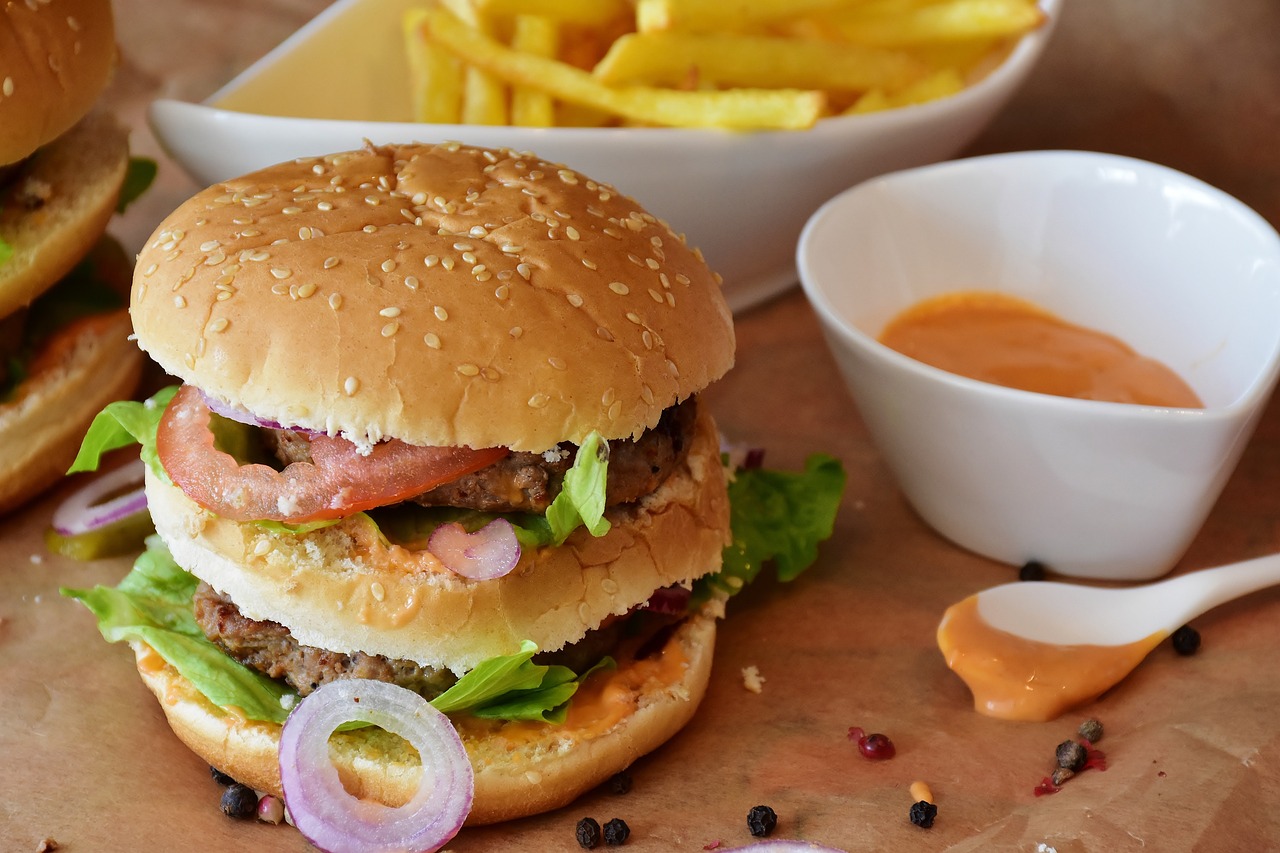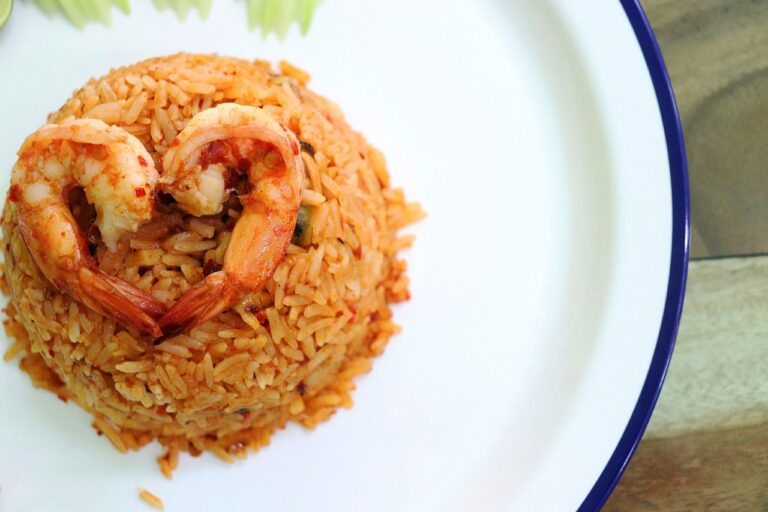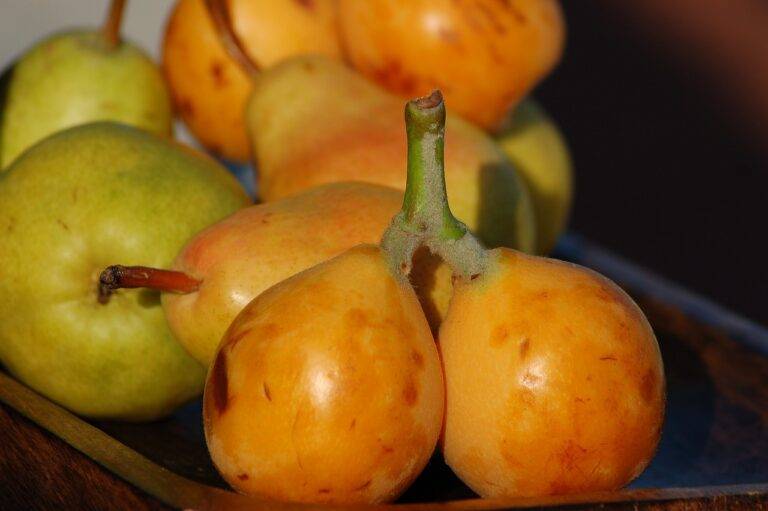The Art of Food Carving: Turning Ingredients into Edible Art.
Food carving has a long and rich history that dates back to ancient times. Originally used for religious and ceremonial purposes, food carving eventually evolved into an art form that showcased the creativity and skill of its practitioners. In ancient civilizations such as Egypt, China, and Greece, intricate carvings were made on fruits, vegetables, and even meats to enhance the visual appeal of dishes served at royal banquets and prestigious events.
As societies progressed, food carving became more accessible to the general population, with techniques and styles being passed down through generations. In the Middle Ages, elaborate fruit and vegetable carvings were popular among European nobility, showcasing the status and wealth of the host. Over time, food carving has become a worldwide phenomenon, with different cultures developing their own unique styles and methods to create stunning edible artworks.
Different Techniques of Food Carving
Food carving is an art form that requires precision, patience, and skill. One popular technique in food carving is known as relief carving. This technique involves carving designs or patterns onto the surface of fruits or vegetables, creating a three-dimensional effect that adds a decorative element to the dish. Relief carving allows for intricate detailing and can range from simple geometric shapes to elaborate scenes.
Another technique commonly used in food carving is called chip carving. This method involves removing small, precise chips of material from the surface of the food to create intricate patterns and designs. Chip carving requires steady hands and a sharp blade to achieve clean cuts and precise detailing. This technique is often used for creating textured or layered effects on fruits and vegetables, adding depth and visual interest to the final presentation.
Tools Needed for Food Carving
A key element in the art of food carving is having the right tools to bring your creations to life. The essential tools for food carving include a sharp paring knife for intricate details and precise cuts. Additionally, a melon baller can be used for scooping out small and circular shapes from fruits and vegetables. Other important tools are a carving fork for stability while cutting and a vegetable peeler for creating smooth surfaces on your ingredients.
When it comes to more advanced food carving techniques, tools like a V-shaped vegetable carving knife are crucial for making intricate patterns and designs. This knife allows for precise angles and depths in your carvings. Moreover, having a set of various sized garnishing tools can help in adding decorative touches to your creations. These tools come in different shapes and sizes, perfect for creating unique details on your carved fruits and vegetables.
– Sharp paring knife for intricate details and precise cuts
– Melon baller for scooping out small and circular shapes
– Carving fork for stability while cutting
– Vegetable peeler for creating smooth surfaces
For more advanced food carving techniques:
– V-shaped vegetable carving knife for intricate patterns and designs
– Set of various sized garnishing tools for decorative touches
What is the history of food carving?
Food carving, also known as culinary art, has been practiced for centuries as a way to enhance the presentation of dishes. It originated in ancient China and later spread to other cultures around the world.
What are some different techniques of food carving?
Some common techniques of food carving include vegetable and fruit carving, butter sculpting, and ice carving. Each technique requires different skills and tools to create intricate designs.
What are some essential tools needed for food carving?
Some essential tools needed for food carving include carving knives, paring knives, garnishing tools, vegetable peelers, and carving boards. These tools help food carvers create detailed and precise designs on various ingredients.
Can anyone learn food carving techniques?
Yes, food carving techniques can be learned by anyone with practice and dedication. There are many resources available, including online tutorials and workshops, to help beginners learn the art of food carving.







